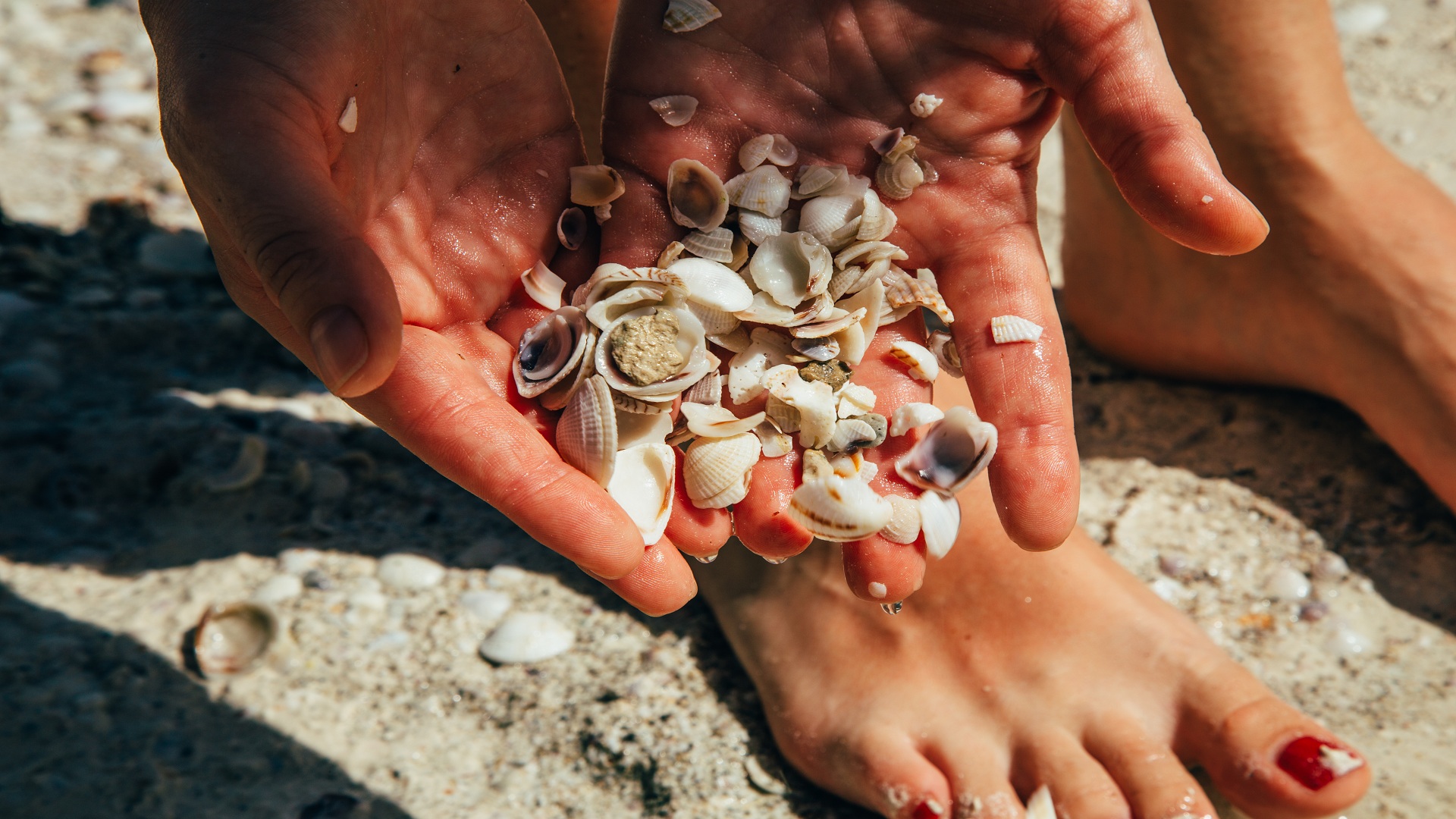
A material inspired by seashells, created by researchers at Georgia Tech, has the potential to change the way recycled plastics are utilized, resulting in stronger, more uniform, and less expensive production.
The major advancement, spearheaded by aerospace engineering assistant professor Christos Athanasiou, has the potential to reduce the cost of new packaging materials by almost 50 percent and prevent more waste from entering landfills.
The study tackles a major issue in recycling, which is inconsistency.
Fewer than 10 percent of the 350 million tons of plastic manufactured annually is properly recycled, and even when it is, the end product frequently lacks the reliability needed for demanding uses.
Nature’s blueprint for strength
In standard mechanical recycling, plastics are combined by melting them into an uncertain mixture.
This unpredictability results in inferior, less dependable materials, not appropriate for crucial applications such as automotive parts or structural components.
Seashells, nevertheless, flourish due to flaws. Their composition, known as nacre, consists of fragile mineral "bricks" held together by a flexible protein "mortar."
This design disperses energy and avoids major failure, resulting in resilience without perfection. Athanasiou's group adopted this biological approach for their artificial composite structure.
From pallet wrapping to performance
The group utilized recycled high-density polyethylene (HDPE), the transparent stretch film used for securing pallets, and cut it into panels. These "bricks" were stacked with a more flexible adhesive polymer "mortar" to replicate the structure of nacre.
When evaluated on a specialized mechanical system, the bio-inspired material preserved the initial performance of new plastic while decreasing variation in a critical performance indicator—maximum stretch—by over 68%.
The scientists also created an "uncertainty-aware" Tension Shear Chain model to measure not only strength, but also the dependability of its operation.
HDPE stretch film typically cannot be used for its initial purpose after being recycled due to the changes in its molecular structure caused by exposure to sunlight, heat, and pressure. Athanasiou compares this to "reusing a parachute without checking for damage."
Nevertheless, the seashell-based method enhances the material's reliability, paving the way for high-performance recycling.
Even though the research centers on plastics, the link to aerospace is evident. Space systems need materials that remain dependable in harsh conditions.
The same concepts may eventually assist NASA's Lunar Recycling Challenge, in which discarded materials could be transformed into essential living structures.
Following that, the group intends to apply the method to additional types of plastics, combine it with more environmentally friendly adhesives, and investigate its possibilities for building structures in space, demonstrating that what nature developed in the ocean could address waste challenges both on Earth and in other locations.
Even though the research centers on plastics, the link to aerospace is evident. "Whether it's a reusable rocket component or a habitat on Mars, we require materials that are durable throughout their entire lifespan," Athanasiou stated.
Our research addresses a core issue in mechanics: how can you create dependable structures using unstable materials?
The group is currently expanding the method to other recycled materials.plasticsand exploring the use of bio-based adhesives to enhance environmental sustainability. "Nature does not purify — it organizes," Athanasiou remarked.
We're implementing that approach to address an issue that impacts both Earth and the futurespace exploration.”
The results of the research have been made public in the journalProceedings of the National Academy of Sciences.
